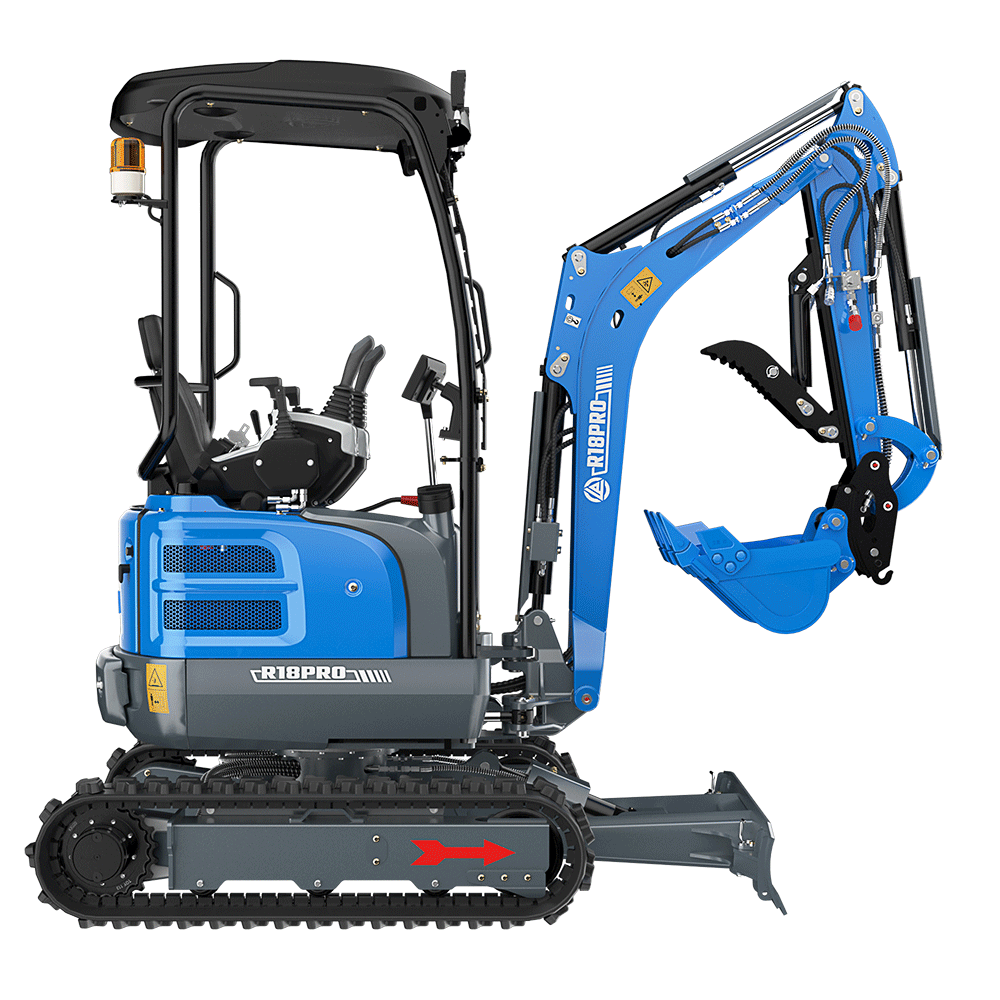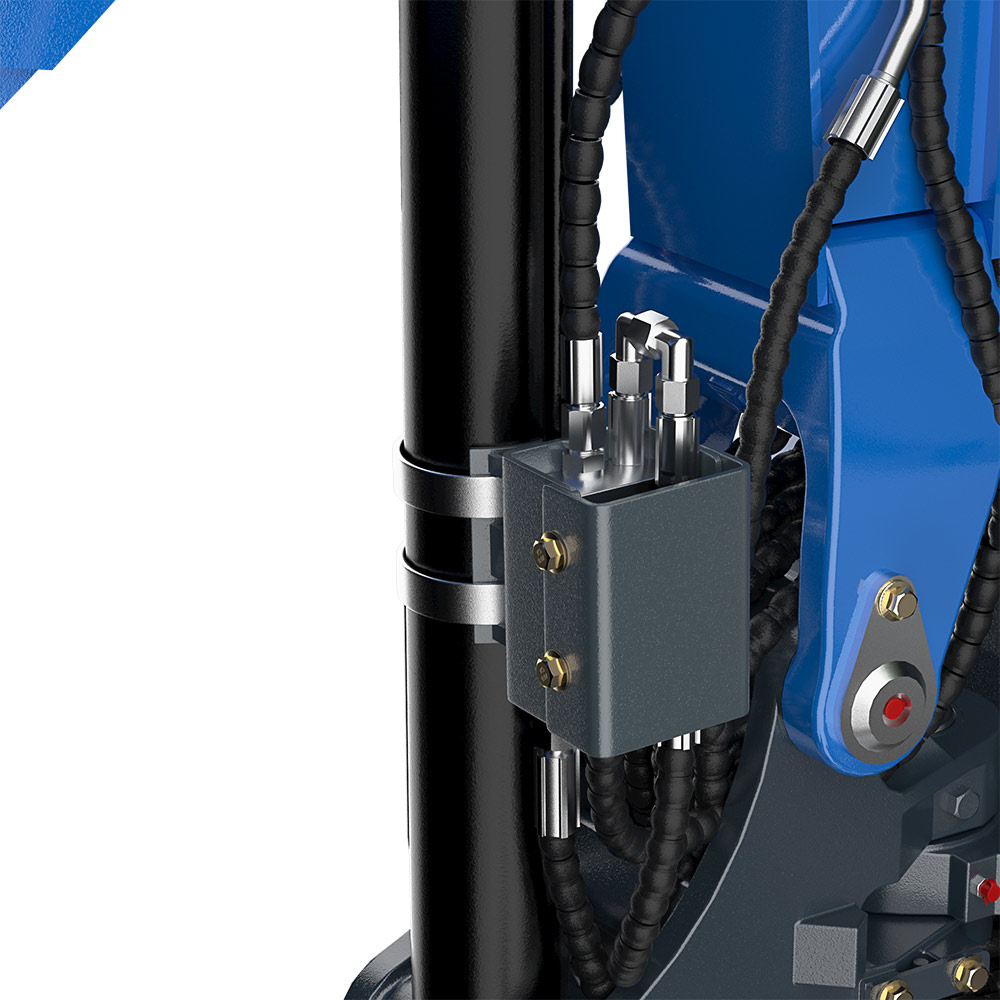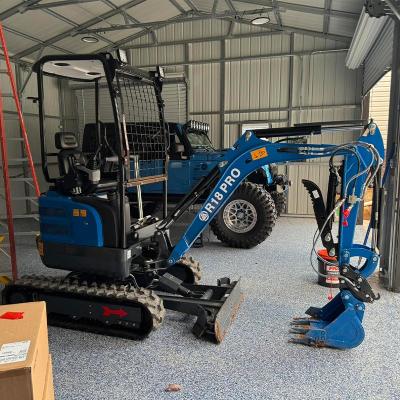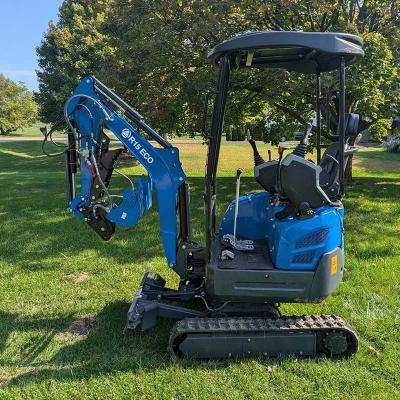R22 mini excavator fully upgraded: more comfortable cab, safer hydraulic system and multi-functional auxiliary tool support
In today's construction machinery market, mini excavators, with their flexibility and versatility, have become the preferred equipment for construction, agriculture, landscaping, and municipal engineering. The R22 mini excavator, a highly recognized product, has undergone a series of new upgrades, focusing on improving operator comfort, safety, and versatility, providing users with a more efficient and reliable operating experience.

1. New Cab, Balancing Comfort and Safety
The newly upgraded cab is built to strict CE certification standards and is designed to meet international safety regulations. The cab is equipped with a fresh air system, effectively improving air quality and providing a fresh and comfortable operating environment for the driver. A windshield washer fluid function facilitates windshield cleaning in rainy weather, maintaining a clear view. Shock absorbers installed at all four corners effectively reduce vibration transmission, significantly enhancing driving comfort and safety.

3. Pointed Grease Nipples + Stopper Protection for Easier Maintenance
Detailed improvements to the R22 fully demonstrate its meticulous attention to detail. The new model features a pointed grease nipple, making grease filling easier and improving maintenance efficiency. A welded U-shaped stopper protects the grease nipple, effectively preventing damage during operation and making mud removal easier.
4. Dual-Button Pilot Handle for Smarter Control
The R22 upgrades the traditional single-button handle to a dual-button pilot handle, further expanding operational functionality:
The left-hand button controls the yaw function;
The right-hand button controls the horn;
A reserved button supports future function upgrades.
5. Explosion-proof valves installed on the boom cylinders enhance safety.
Safety is a top priority in excavator design. The R22 features explosion-proof valves on its boom cylinders to effectively prevent uncontrolled decompression in the event of excessive hydraulic pressure or a rupture, fundamentally improving operational safety.



